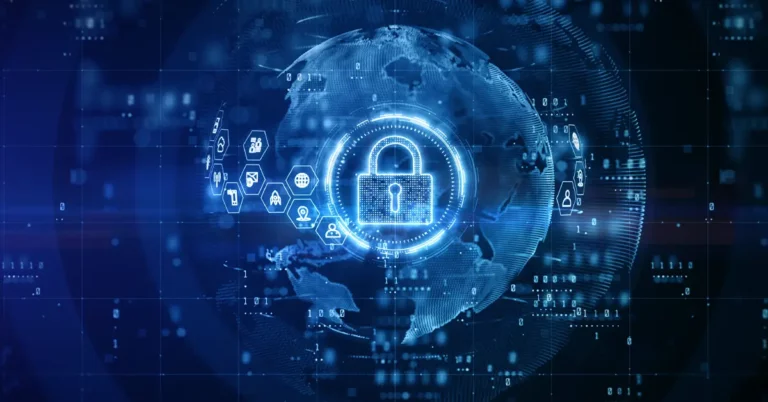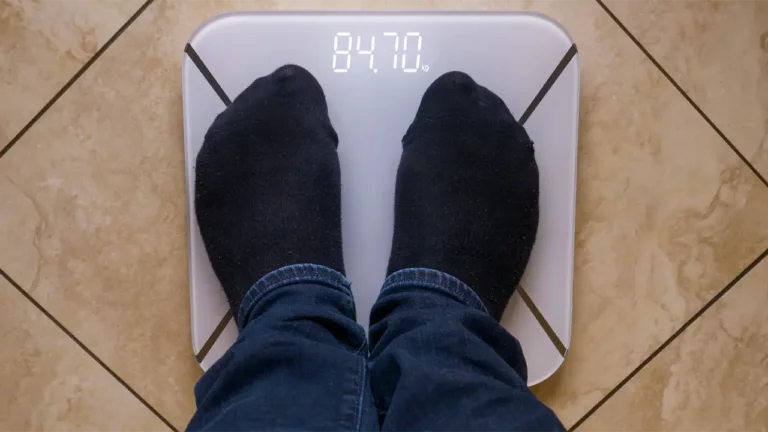Challenges in mental health care have been on the rise since the COVID-19 pandemic began. A survey by CDC[1] reports an increased percentage of adults with worsening symptoms of anxiety or depression from 36.4% to 41.15%, and largest among young adults with less than high school education. This problem resulted in creating measures in the health sector to combat stress and mental health risks associated with impacts brought about by the pandemic. In these difficult times, mental health issues need particular attention and resources. Our article 5 Things You Can Do to Improve Your Mental Health details tips on how you can improve your mental health.
Recent measures used to improve mental health include expanding use of telehealth and continued real-time monitoring of mental health trends by demographic characteristics to guide timely interventions, especially those who are underserved.
The use of telehealth has dramatically increased to address the need to consult with healthcare providers while limiting the risk of being infected during the pandemic. Although it does have certain limitations, its benefit of giving continuous care has greatly helped not only those with COVID-19 disease but also to those greatly affected by it.
Remote patient monitoring as a branch of telehealth continues to augment providers with continuous tracking of vital signs, extending the healthcare provider’s services to the comforts of the patient’s home. Providers can monitor vital signs such as blood pressure, heart rate, SpO2, and even blood glucose in real-time and data analyzed to keep patients in optimized conditions. With the aid of AI, deviations from the normal range of patients’ vital signs would warn providers if a patient needs to be reassessed and be watched more closely.
The rise of heart rate variability
In the past, heart rate variability (HRV) has been known to predict morbidity among patients with cardiac conditions and acute inflammatory responses in the body. HRV gained popularity during the pandemic and proved to be effective in aiding providers in detecting COVID-19[2] for as early as seven days before symptoms occur. Patients with low HRV are shown to have an increased risk of getting COVID-19, which made HRV a good surveillance tool in minimizing the progression of severe COVID-19 symptoms.
What is heart rate variability?
Heart rate variability is an objective method of non-invasively monitoring stress in a clinical situation. To simply put it, heart rate variability refers to variations between your heartbeat, measured in milliseconds. HRV characterizes how your heart is regulated and maintained by the automatic nervous system.
The autonomic nervous system is the main controller of your body. It has two components: the sympathetic and the parasympathetic nervous system.
Imagine a time when you felt so stressed because of a difficult situation. The sympathetic nervous system (SNS) is responsible for your “fight or flight” response: it releases catecholamines to prepare your body to fight stress. One example is to increase your heart rate.
The parasympathetic nervous system (PNS) is also known as the “rest and digest” system because it occurs when resting. Your body conserves energy by increasing intestinal activity and activating your metabolism. The heart rate decreases in response to parasympathetic nervous system stimulation.
Do stress and anxiety affect heart rate variability?
The interplay between the parasympathetic and sympathetic nervous systems is automatically regulated. In chronically stressful situations, sustained rise of SNS activity is shown, and there is an inability of your heart rate to go down to normal levels even at rest.
Anxiety reduces[3] heart rate variability, owing to a great worry affecting the overworked sympathetic nervous system, while a higher HRV (or greater variability between heartbeats) means that the body has a strong ability to tolerate stress or is strongly recovering from prior accumulated stress. At rest, a high HRV is generally favorable, and a low HRV is unfavorable.
Learn how meditation can help with stress and anxiety by reading our article 8 Benefits of Meditation to Mental Health and Well-Being.
How do we measure heart rate variability?
R-R intervals on ECG commonly measure HRV. Due to the progress of remote patient monitoring (RPM), many wearable devices, such as DrKumo smartwatch, measure heart rate variability thru photoplethysmography (PPG), a physiological biosensor with added accuracy and convenience. DrKumo’s smartwatches are total game-changers for RPM—they provide real-time data streaming, enabling providers to make quick interventions if need be.
What is considered a normal heart rate variability?
The normal range of HRV varies with age and gender.[4] What’s more important is to track how HRV declines or rises: a consistently lowered HRV might warn you of an overworked sympathetic nervous system. Although the results of HRV are not specific, it is a non-invasive means for monitoring well-being and health in the general population.
Takeaway
Health sectors should emphasize measures to combat stress and anxiety brought about by the COVID-19 pandemic to avoid future complications due to an overworked fight or flight response. Using HRV to track stress levels would potentially help patients manage their mental health using telehealth and remote patient monitoring.
It’s important to remember that HRV is not specific to stress. To obtain more accurate results, the provider must seek to correlate gathered health data as well as survey newly onset symptoms. In addition, proper education to help reduce stress would further help improve and reduce stress in these unprecedented times.
Heart rate monitors can help detect anxiety or extreme fear, depression, stress, or PTSD. Other mental health conditions can also be monitored with RPM which is covered in the article Remote Patient Monitoring for Patients with Mental Health Conditions.
References:
- Centers for Disease Control and Prevention. (2021, April 1). Symptoms of anxiety or depressive disorder and use of mental health care among adults during the COVID-19 pandemic – United States, August 2020–February 2021. Centers for Disease Control and Prevention. Retrieved from https://www.cdc.gov/mmwr/volumes/70/wr/mm7013e2.htm
- Mount Sinai researchers using Apple Watch to study covid-19 stress. Healthcare IT News. (2020, September 30). Retrieved from https://www.healthcareitnews.com/news/mount-sinai-researchers-using-apple-watch-study-covid-19-stress
- Chalmers, J. A., Quintana, D. S., Abbott, M. J.-A., & Kemp, A. H. (2014, July 11). Anxiety disorders are associated with reduced heart rate variability: A meta-analysis. Frontiers in psychiatry. Retrieved from https://www.ncbi.nlm.nih.gov/pmc/articles/PMC4092363/
- Umetani, K., Singer, D. H., McCraty, R., & Atkinson, M. (1998, March 17). Twenty-four hour time domain heart rate variability and heart rate: Relations to age and gender over nine decades. Journal of the American College of Cardiology. Retrieved from https://www.sciencedirect.com/science/article/pii/S0735109797005548








